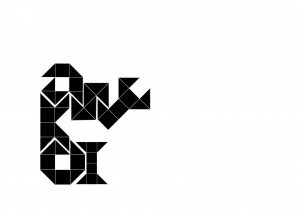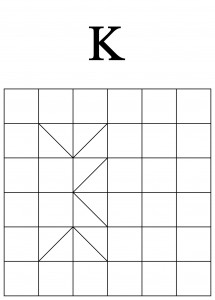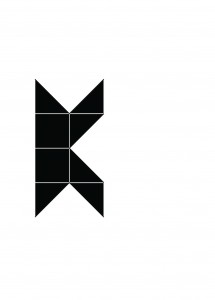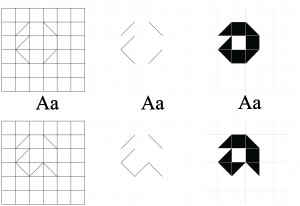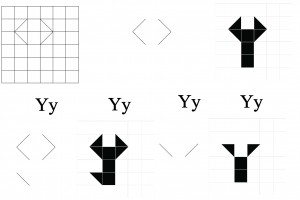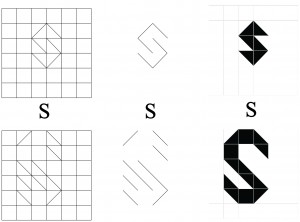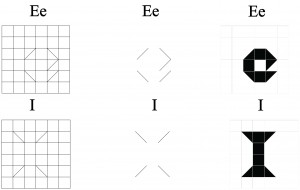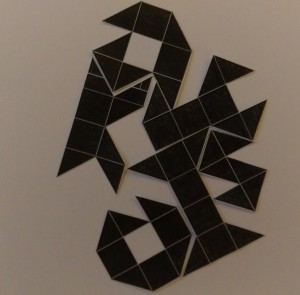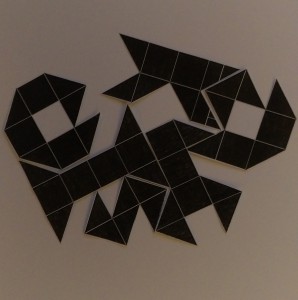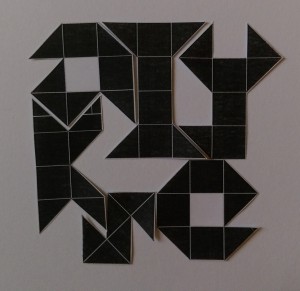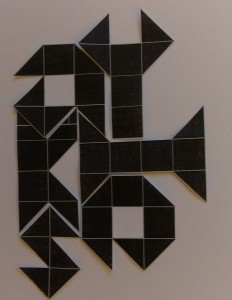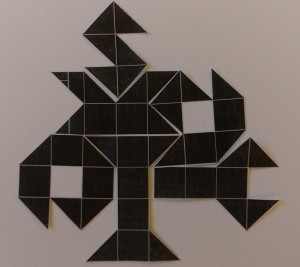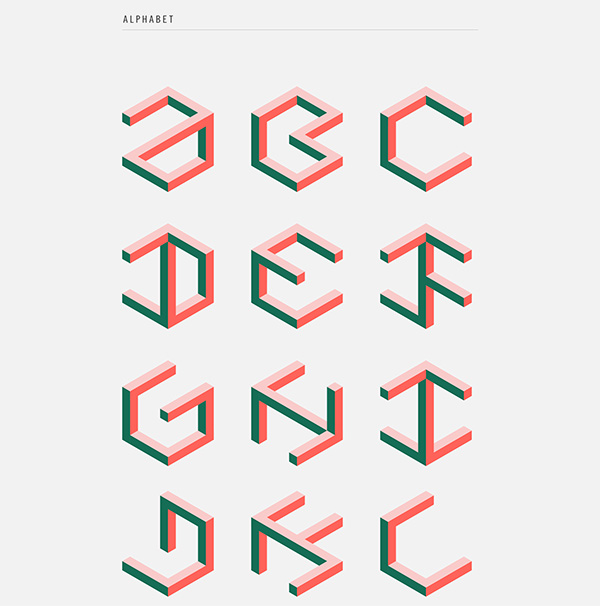Today was ‘stock-taking’ day whereby all living in The Outskirts were to be recorded and accounted for by the residing guard at the designated area. The number of people living there was certainly not a small one and roll call took usually over half a day. Everyone was required to stand in line to have his or her details recorded, with the oldest in front. When it came to the end of the line, only the names of six children were called out. There were ten children at the last count. Most of the children were orphans, for some strange reason their parents were taken away by orders of Spector and they never returned. So, no one raised the alarm of anyone missing because no one noticed.
When the sixth child was accounted for, the guards left the outer dome. The crowd stirred and a sense of distress filled the air. One could tell people were uncomfortable with the realization of missing children. Slowly, the crowd dispersed from the area. The community was by no means a close knitted one but it was clear as day that missing children was a sign of danger. When people were taken away, they were taken in full view but this time, there was no sign of movement, no guards, no struggle, no one witnessed anything.
“Bill, something’s not right. They don’t just take children away. They never do,” said Harold, the eldest member of The Outskirts who was now standing next to Bill, waiting for the crowd to move out.
“Harold, you know very well there’s nothing I can do. We just need to sit tight and wait for Spector to return them.” Bill walked away swiftly, increasing his pace with every step. He knew exactly what Harold was hinting at but had not the slightest intention of getting involved. Harold followed Bill’s pace and walked quickly beside him and grabbed him by the arm and said “Bill. Find them. Or we’ll all regret it.” Harold’s voice went cold.
“It’s too risky. We don’t have authorization to enter the inner domes. And even if I wanted to, which I don’t, there’s no way I can do this alone.”
“I’ll find people, form a search party and then will you go? Something just doesn’t feel right. Spector never does anything for no reason. This is our chance to fight back. We’ve been cooped up here long enough; someone needs to take the first step. I’ll go too but you have to lead. You’re younger and filled with fire,” pleaded Harold.
“Fine. You have until midnight to find everyone or we’re not going. Now leave me alone old man.” Bill said as he walked away from Harold.
By the evening, Harold came back with three other individuals, two men and a woman. Bill was sitting in the far end of the canteen, eating, alone. Thee four individuals sat down at the table, sitting opposite Bill. Harold introduced them one-by-one. All were unfamiliar faces to Bill. Crescent was one of them. One of the men was said to be chosen because he was one of the engineers for the Voitheia and he may know the workings of the dome, including the door mechanisms a lot better than anyone present there. His name was Ian, of average height but rather scrawny. The other was the exact opposite from Ian. He was tall and towered over everyone even while seated. He was well built almost three times the size of Ian. After the introductions, the five began to devise a plan for the big move.
“Well Harold, this was your big plan, what do you propose we do first? You’ve brought me a group of strangers, what other brilliant ideas do you have?” said Bill sarcastically.
“We’ll need to arm ourselves or we won’t even make it pass that door. Head out now and find whatever you can. Try to keep it small. The last thing we need is to draw attention from the patrol guards before we even make a move,” snapped Crescent before Harold could answer. She was clearly annoyed at Bill’s tone.
“Alright fine. If we’re going to do this then make sure all of you are committed, we’ve got one shot at this. There is no plan B. Meet back here tomorrow night and we’ll see what you’ve got.”
Make your first move
Your first order of business is to arm yourself. You can of course choose to carry none and go with physical combat but this is not without consequence. Not only will you be risking your own life but also the lives of the others in the group. It is not recommended. Carrying capacity: You may carry up to a maximum of two weapons for now. One in hand and another in your pocket. As of now weapons have to be kept small especially if you have any disabilities to begin with.
You can discard weapons in exchange for better ones when you find them throughout the mission.
The guards in The Outskirts are not heavily armed (no guns or firearms at this point) but they are well built and can take you down easily just by pure strength. The door to the second dome is guarded by three guards during the day and four during the night. Should you choose to take down the guards in the daytime, you might run the risk of alarming everyone, including the guards that may (or may not) be in the second dome. If you choose to move in the night, there are more guards to fight but it is less likely that others will notice you.
There are a couple of ways you can find potential weapons.
There are as follows: the canteen (has the usual set of cutlery. Cooking utensils are speculated to be kept in the kitchen of the canteen which is usually locked. The only time it is open is during the day but there will definitely be guards inside.
Sleeping quarters (all bunk beds are made of solid steel rods that was falling apart, most of which is held together with rope)
You can also choose to make your own weapons from materials you find.
Checking and asking for items from other people around The Outskirts may also work. People often had a secret stash of items that they kept hidden from the guards during spot-checks to avoid confiscation. (You might find a set of Swiss army knives or a derivative of, if you play your cards right) But of course, giving you an item would mean they have become a partner in crime and that thought itself would make borrowing any item challenging. You will need to convince and persuade them.
In Summary
Give a description of how you obtained your weapon and include the reasons for your choice. You may go on this search (for weapons) on your own.
As to whether the group makes a move in during the day or night, both of you will be required to roll the dice. The person with the lowest number will decide when to go.
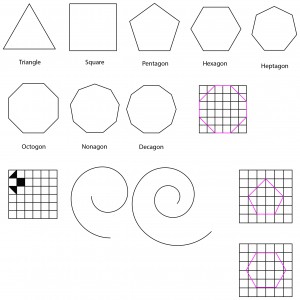 Precision and uniformity was what I was going for so I created a 6×6 square grid and used that as my guide to form the letters to my name. Each letter would then be made of the squares and triangles of the exact measurements. I only added diagonal lines within the appropriate squares to create the triangles. The relevant shapes are then filled in and the grids removed (see images below).
Precision and uniformity was what I was going for so I created a 6×6 square grid and used that as my guide to form the letters to my name. Each letter would then be made of the squares and triangles of the exact measurements. I only added diagonal lines within the appropriate squares to create the triangles. The relevant shapes are then filled in and the grids removed (see images below).
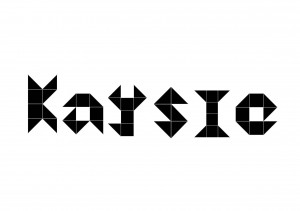 Should my calculations be correct, there are a total of 14 complete squares and 32 triangles (converts to 16 squares) to work with. In a 6×6 grid, there should be six squares remaining (left blank) if all 6 letters are arranged properly. Taking into account that the letters ‘e’ and ‘a’ already have a blank square incorporated into itself, there will then be four squares outside the tessellations.
Should my calculations be correct, there are a total of 14 complete squares and 32 triangles (converts to 16 squares) to work with. In a 6×6 grid, there should be six squares remaining (left blank) if all 6 letters are arranged properly. Taking into account that the letters ‘e’ and ‘a’ already have a blank square incorporated into itself, there will then be four squares outside the tessellations.